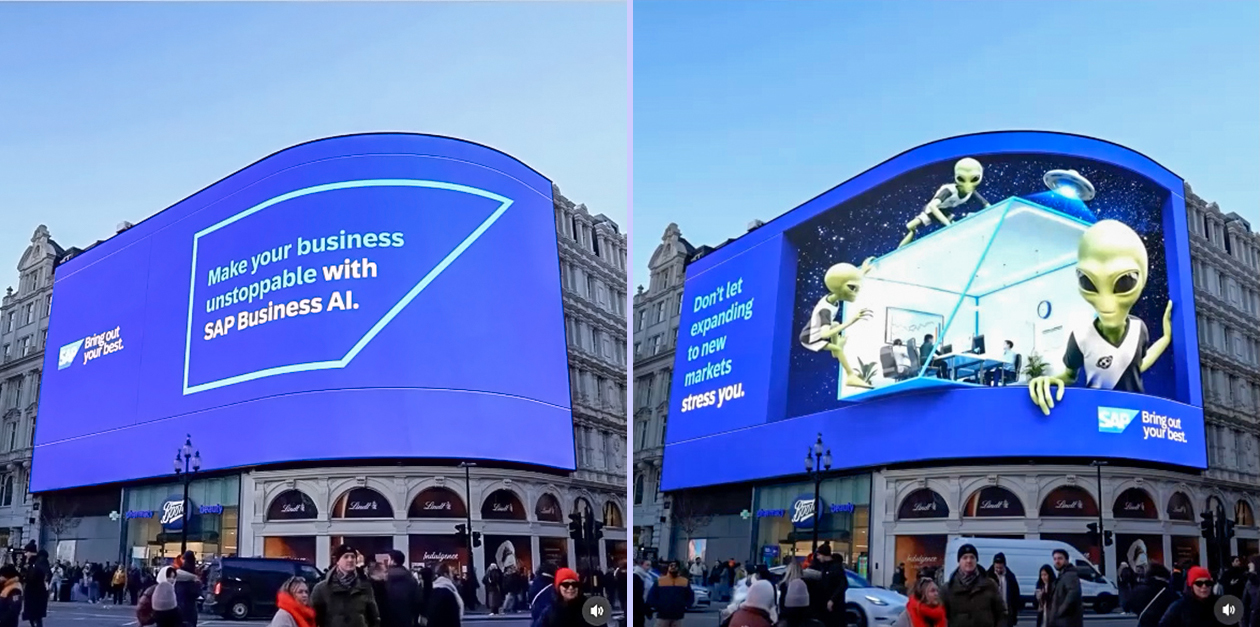SAP Business AI represents SAP’s strategic approach to AI, launched in early 2024 as a dedicated organization with its own Chief AI Officer that reports directly to the CEO. We now have a unified hub where all AI efforts across SAP applications and products portfolio are centralized.
To expand this into more tangible terms, we can differentiate a few areas:
- AI Foundation:
An all-in-one AI toolkit for developers offering ready-to-use, customizable AI supported by leading AI models. It serves as the foundation for AI capabilities across the SAP portfolio, including AI services, pretrained models for business cases, multiple AI functional libraries, Business Data, and Content Context.
- Joule Copilot:
Generative AI assistant. The solution continues to grow across sectors, and SAP plans to make Joule available out of the box in all major SAP applications.
- Generative AI Hub:
Used for generative AI development and providing access to Large Language Models (LLM), such as GPT-4, while also enabling to create new AI models from scratch. It includes tools for prompt engineering, experimentation, and tuning.
- Business Technology Platform (SAP BTP):
SAP BTP provides a set of foundational tools and services, including application development, automation, integration, data and analytics, and artificial intelligence. The AI pillar comprises the AI Foundation and SAP AI Core, a service designed to handle the execution and operations of AI assets.
- SAP Proprietary Foundation Models
Currently in development, these models are designed for specific SAP business contexts that generic LLMs do not fully address. SAP will fine-tune these models on SAP anonymized data to fill these gaps.
One of SAP’s key messages is that AI will ultimately only be offered as a service with cloud solutions, as it is now with SAP. This aligns with Gartner’s 2023 study, which predicts that by 2028, more than 50% of enterprises that built their own on premise AI will abandon it (cost, complexity); and that by 2025, growth in 90% of enterprise deployments of Generative AI are expected to slow as costs exceed value. There are two factors that might alter this trajectory. First is QaaS, which may not so long become more accessible to a broader audience, and thus more popular. And second, growth of third-party vendors offering pre-build, fine-tuned and up-to-date datasets and models tailored to specific needs and industries. Both sectors are moving forward quickly at the moment.

Leave a Reply